10 Beautiful Buddhist Monasteries To Explore In Leh Ladakh
By: Priyanka Maheshwari Sat, 04 May 2024 1:11:45
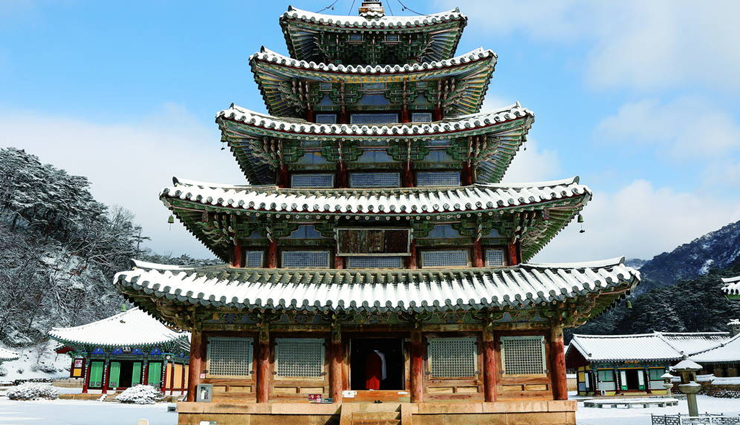
Buddhist monasteries hold a significant allure for cultural excursions in Leh Ladakh. Given the region's predominantly Buddhist populace, numerous monastic sites revere Buddha and his diverse manifestations, known as Bodhisattvas, as divine figures. These sanctuaries draw not only pilgrims but also adventurers and seekers eager to immerse themselves in the Buddhist heritage and pursue Nirvana (liberation from the cycle of birth and rebirth).
Although Ladakh boasts a plethora of monastic establishments, we've curated a concise selection of the top 10 renowned ones that should feature prominently on your itinerary when visiting this breathtaking travel destination in India.
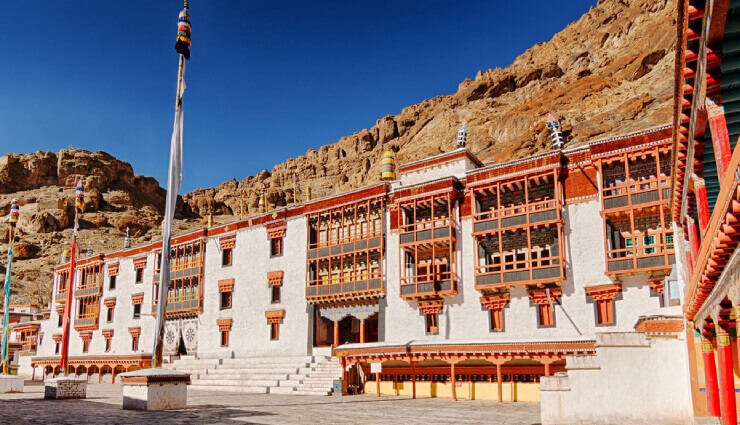
# Hemis Monastery
Renowned for the once-in-12-years Hemis festival, the Himalayan Buddhist Monastery in Ladakh attracts attention. During this biennial event celebrating Guru Padmasambhava's birth anniversary, visitors witness one of the largest Thangkas displayed in the monastery's precincts. The festivities animate the monastery's courtyard with an annual bazaar, cultural rituals, dances, songs, and more.
Established in 1630 and enjoying royal patronage since, Hemis Monastery shelters a remarkable array of ancient relics, including a copper gilt idol of Lord Buddha, gold and silver stupas, revered thangkas, and more, making it a highlight of any Leh Ladakh tour.
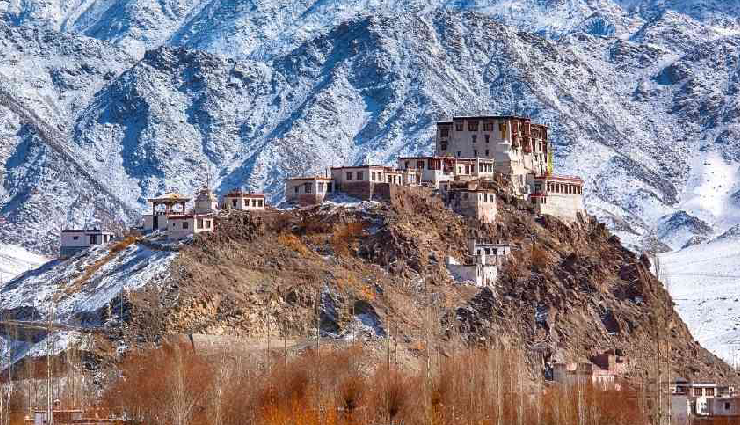
# Stakna Monastery
Drawing travelers from around the globe, the world-famous Stakna Monastery in Leh possesses an allure accentuated by its resemblance to a tiger's nose and its serene natural environs. Perched atop a hill, the site offers breathtaking vistas of the Indus valley.
Founded in 1580 during the reign of King Jamyang Namgyal, Stakna Monastery boasts numerous Buddhist scriptures, paintings, and idols dating back to its inception. Moreover, it maintains sister monasteries in Zanskar-Bardan, Sani, and Stakrimo.
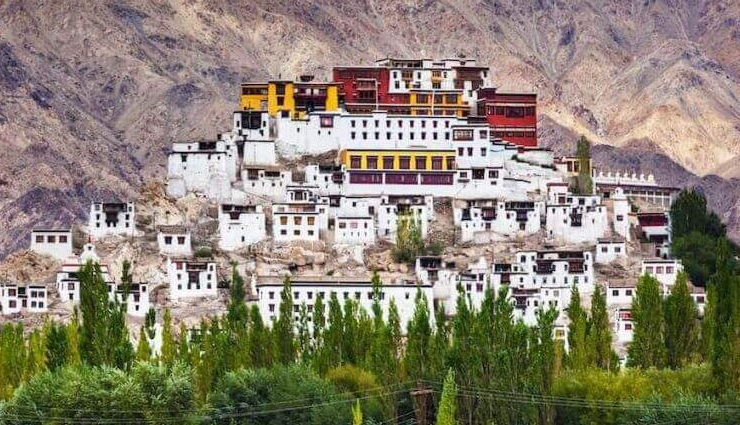
# Thiksey Monastery
The oldest and largest Monastery in Ladakh, dating back to the 15th century, Thiksey serves as the primary pilgrimage destination for the Gelugpa sect. Beyond its grandeur, the monastery is renowned for its striking resemblance to Lhasa's Potala Palace in Tibet.
Thiksey Monastery houses a 15-meter-high Maitreya Buddha statue, also known as the Future Buddha (Chamba in the local language), enshrined within a two-story shrine room. Legend has it that the statue was consecrated by His Holiness Dalai Lama in the 1980s, further elevating its religious significance. Additionally, it boasts a valuable collection of Buddhist statues, scriptures, journals, books, swords, stupas, and Thangka paintings.
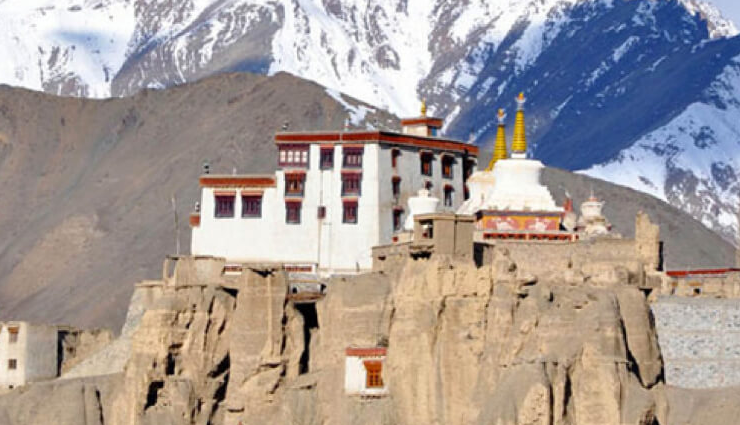
# Alchi Monastery
Among Ladakh's famed monasteries, Alchi Choskor Monastery is renowned for its ancient paintings and exquisite murals. Comprising a complex of temples dating from the 11th to 13th centuries, it dazzles with richly adorned interiors and intricate woodwork, adding to Leh's architectural heritage.
The monastery's paintings have garnered global acclaim as masterpieces of Buddhist art and spirituality, attributed to a renowned Kashmiri artist of the time.
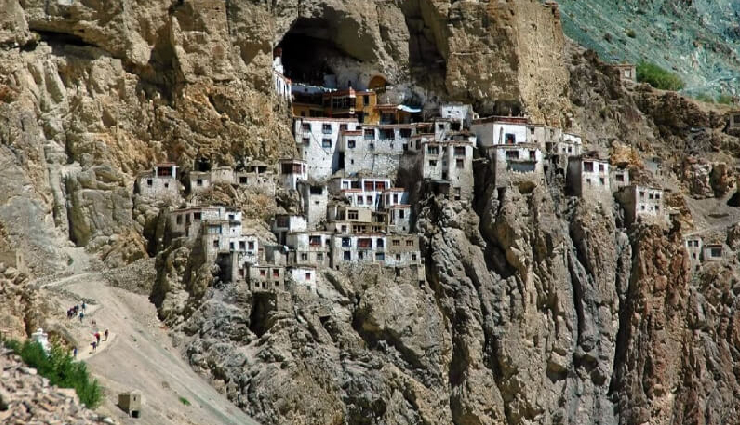
# Phuktal Monastery
Nestled atop a hill at the mouth of a cave, Phuktal Monastery in Ladakh captivates with its remote location and stunning vistas. While its history and origins are shrouded in mystery, the monastery's paintings bear resemblance to those found at Alchi Monastery.
Accessing Phuktal Monastery requires a challenging trek on foot, but its remarkable architecture, natural cave, and panoramic views of the Lugnak valley justify the effort.
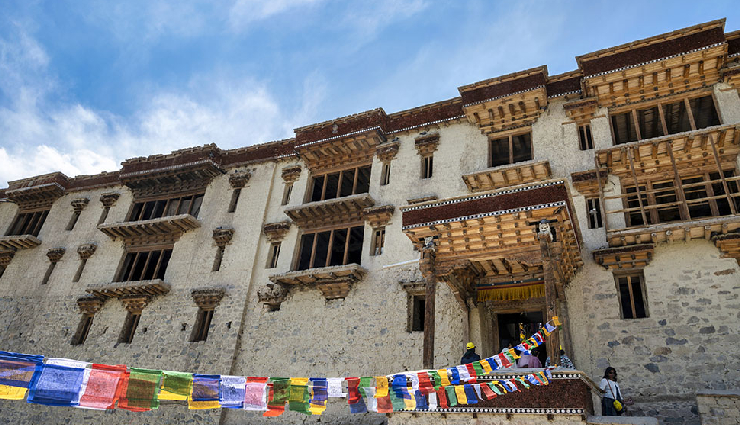
# Shey Monastery
Gaining fame from its appearance in the Aamir Khan starrer "3 Idiots," Shey Monastery beckons visitors with its charming ambiance and captivating features. From the largest gold statue of Buddha to exquisite murals enhancing its interiors, the monastery ranks among the top tourist attractions in Leh Ladakh.
Moreover, the famous Rancho School, featured in the movie, lies within walking distance of the monastery.
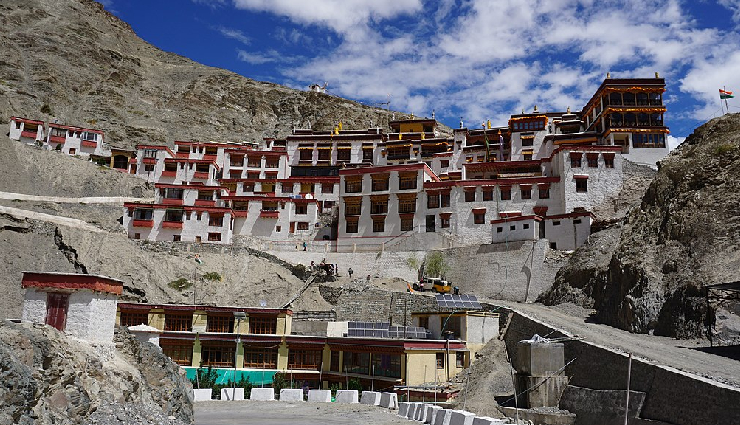
# Rizong Monastery
Perched overlooking the breathtaking Indus Valley, Rizong Monastery offers a sanctuary for both pilgrims and travelers. Here, monks lead lives of abstinence, with legends recounting Guru Padmasambhava and his disciples' solitary meditation and austere existence, surviving on one meal per day, which enhances its religious significance.
Rizong Monastery includes a nunnery, Chomoling, where female practitioners worship and engage in tasks such as milking and spinning wool.
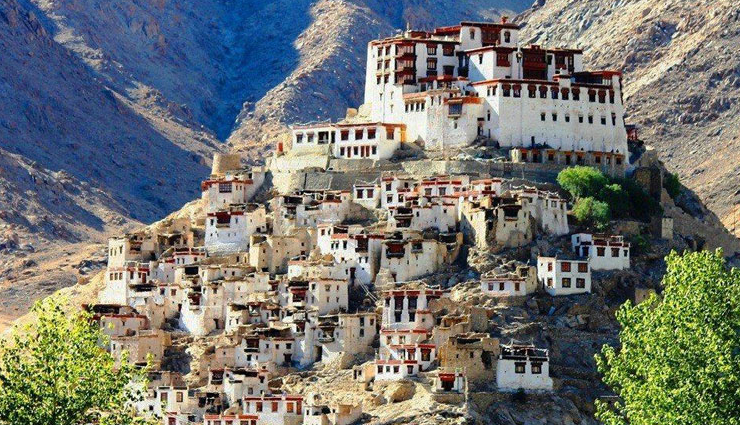
# Chemrey Monastery
Dating back to the mid-17th century, Chemrey Monastery stands as a testament to Buddhist heritage, founded by Lama Stags Ang Raspa. Originally a palace, it was converted into a monastery in memory of King Sengge Namgyal.
Adorned with murals, paintings, and frescoes, the monastery also features a museum exhibiting traditional and religious artifacts. Additionally, it hosts the annual Aangchhok festival on the 28th and 29th days of the 9th month of the Tibetan calendar.
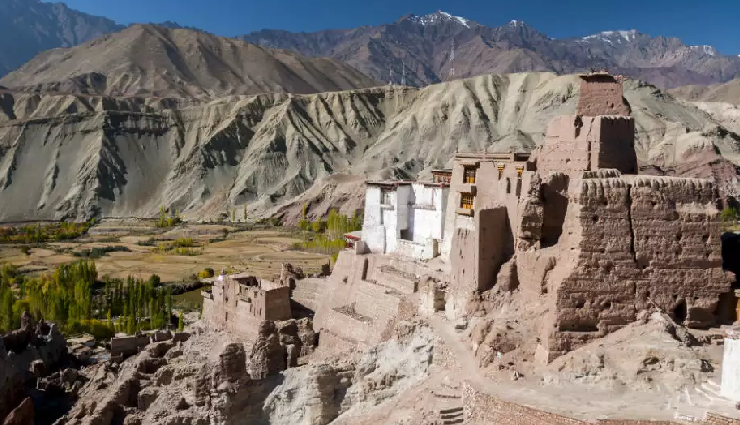
# Basgo Monastery
Once a 15th-century fortress during King Rinchen Namgyal's reign, Basgo Monastery underwent transformation into a religious center following destruction by the Dogras led by Zorawar Singh. Serving as Ladakh's capital in ancient times alongside Leh and Shey, it stands today as the sole monastery in the region with murals dating back to the 16th century.
Apart from its historical significance, Basgo Monastery offers breathtaking vistas of the Himalayan and Karakoram mountains.
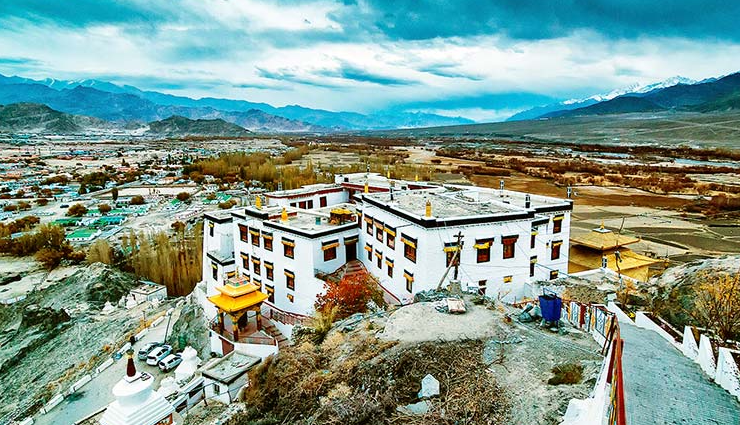
# Spituk Monastery
Situated majestically overlooking the Indus River, Spituk Monastery, founded in the 11th century, initially adhered to the Red Hat sect (Kadampa) before transitioning to the Yellow Hat sect (Gelugpa). Today, it serves as a home to around 100 monks, dedicated to worship and daily rituals.
As one of Ladakh's renowned monasteries, Spituk features a colossal statue of Goddess Kali, exhibited solely during the annual Spituk festival. Its unique collection of Buddha icons, thangkas, sculptures, chortens, and ancient arms further add to its allure.





